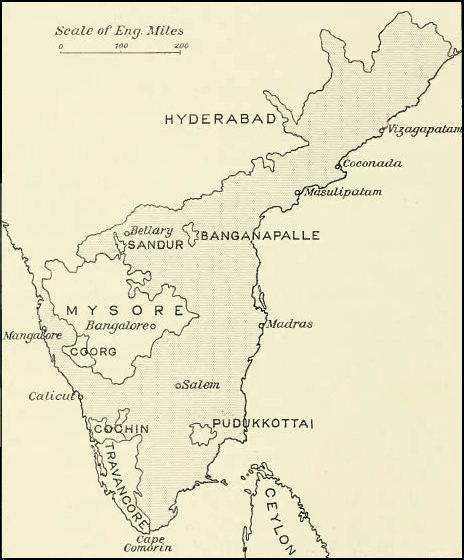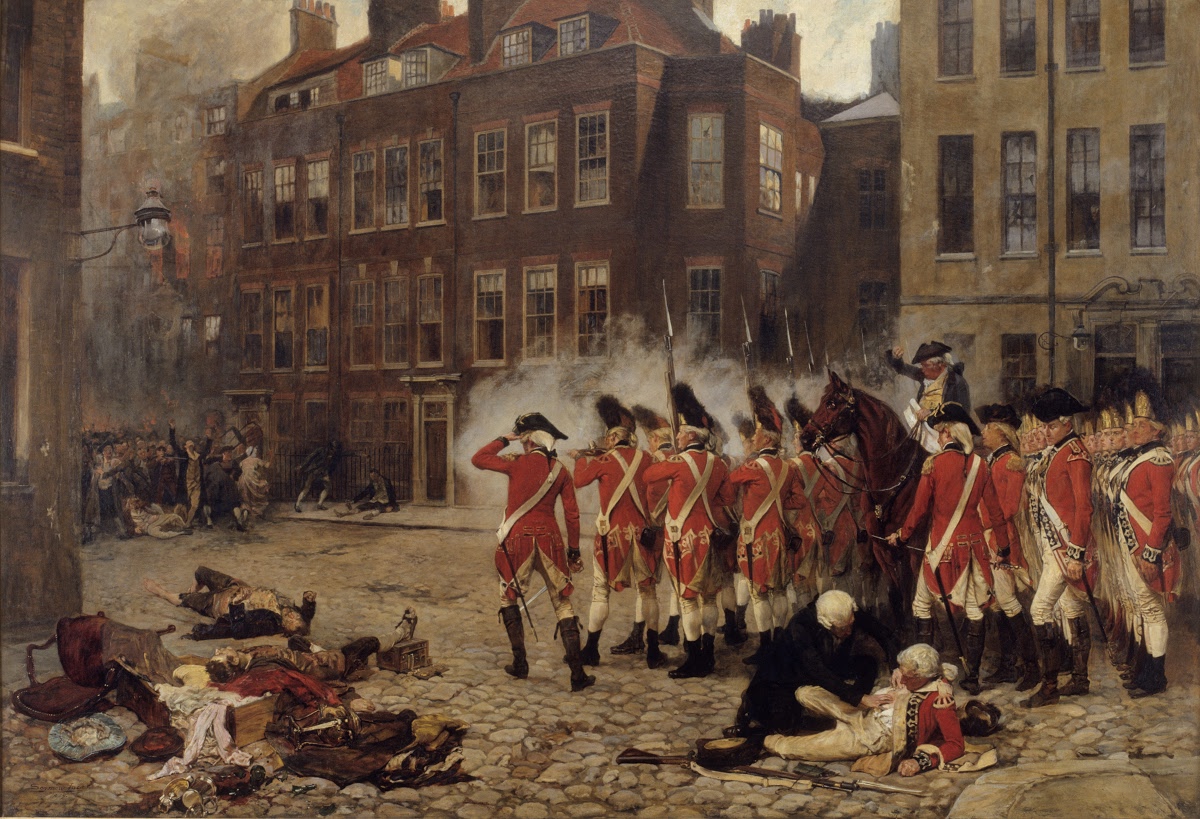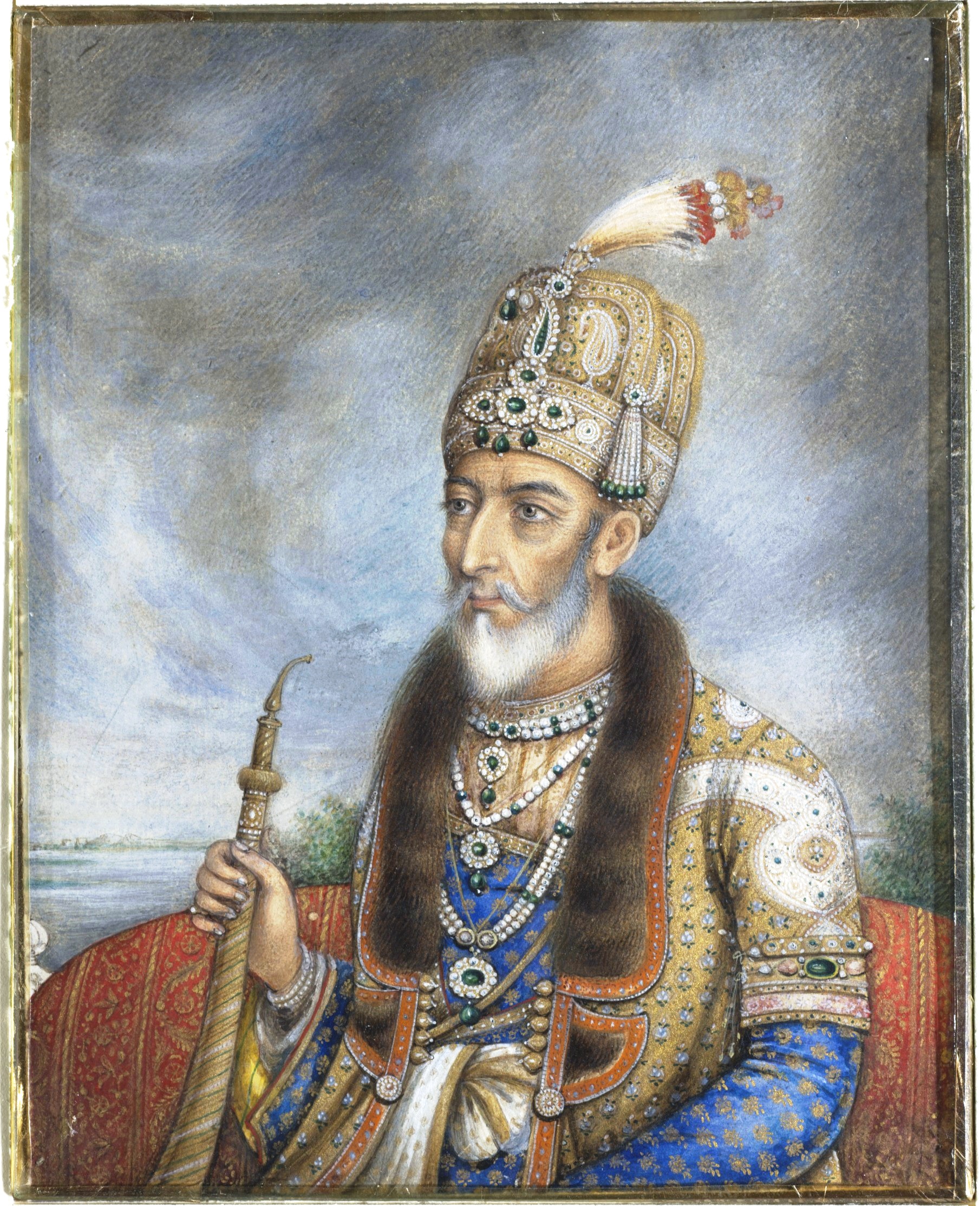|
Mathanda Appachu
Mathanda Appachu was an Indian warrior and freedom fighter. He was an officer in Chikka Vira Rajendra's army. He was from Bollumad village in Beppunad in Kodagu. He was also known as Madanta Appachu. He defeated the British in battle in 1834. Battle of Somwarpet, 1834 In 1834, the British East India Company invaded Kodagu (then known as Coorg). The British army consisted of more than 6000 men and was divided into four columns who entered Kodagu from different directions. On third April, one of the four columns entered Kodagu via Kodlipet and marched towards Haringi. They came to a village guarded by a stockade. This village was under the charge of Mathanda Appachu and his men. The Column was led by Major Bird. For four and a half hours, the British tried to pass the village but were unable to. The British came under heavy firing. Col Mill, Ensign Robertson and Ensign Babington were among the 48 killed in the British force. 118 others were wounded in the invading column. ... [...More Info...] [...Related Items...] OR: [Wikipedia] [Google] [Baidu] |
Coorg War
The Coorg War was fought between the British East India Company and the Kingdom of Coorg in 1834. Defiance of the Raja of Coorg ( Chikka Virarajendra), a small state in South India, led to a short but bloody campaign in 1834. In February 1834, a force of 7,000 was assembled under the command of Brigadier General Lindsay to commence operations against the Raja, who had begun hostilities against the British. Due to the poor state of roads, the force was divided into four columns, which were to enter Coorg from different directions and converge on the capital of Mercara. On 11 March, the Northern Division under the command of Colonel Gilbert Waugh entered the territory of Coorg and on 3 April, the leading troops made contact with the enemy. At noon, the advanced guard arrived in front of the fortified position of Soamwar Pettah (now called Somwarpet). The force launched an attack on the position but was forced to retreat after a severe mauling. The leader of the Coorg resistanc ... [...More Info...] [...Related Items...] OR: [Wikipedia] [Google] [Baidu] |
Military History Of British India
A military, also known collectively as armed forces, is a heavily armed, highly organized force primarily intended for warfare. Militaries are typically authorized and maintained by a sovereign state, with their members identifiable by a distinct military uniform. They may consist of one or more military branches such as an army, navy, air force, space force, marines, or coast guard. The main task of a military is usually defined as defence of their state and its interests against external armed threats. In broad usage, the terms "armed forces" and "military" are often synonymous, although in technical usage a distinction is sometimes made in which a country's armed forces may include other paramilitary forces such as armed police. Beyond warfare, the military may be employed in additional sanctioned and non-sanctioned functions within the state, including internal security threats, crowd control, promotion of political agendas, emergency services and reconstruction, prot ... [...More Info...] [...Related Items...] OR: [Wikipedia] [Google] [Baidu] |
History Of Social Movements
A social movement is either a loosely or carefully organized effort by a large group of people to achieve a particular goal, typically a social or political one. This may be to carry out a social change, or to resist or undo one. It is a type of group action and may involve individuals, organizations, or both. Social movements have been described as "organizational structures and strategies that may empower oppressed populations to mount effective challenges and resist the more powerful and advantaged elites". They represent a method of social change from the bottom within nations. On the other hand, some social movements do not aim to make society more egalitarian, but to maintain or amplify existing power relationships. For example, scholars have described fascism as a social movement. Political science and sociology have developed a variety of theories and empirical research on social movements. For example, some research in political science highlights the relation between po ... [...More Info...] [...Related Items...] OR: [Wikipedia] [Google] [Baidu] |
Indian Independence Movement
The Indian independence movement was a series of historic events in South Asia with the ultimate aim of ending British Raj, British colonial rule. It lasted until 1947, when the Indian Independence Act 1947 was passed. The first nationalistic movement took root in the newly formed Indian National Congress with prominent moderate leaders seeking the right to appear for Indian Civil Service examinations in British India, as well as more economic rights for natives. The first half of the 20th century saw a more radical approach towards self-rule. The stages of the independence struggle in the 1920s were characterised by the leadership of Mahatma Gandhi and Congress's adoption of Gandhi's policy of non-violence and Salt March, civil disobedience. Some of the leading followers of Gandhi's ideology were Jawaharlal Nehru, Vallabhbhai Patel, Abdul Ghaffar Khan, Maulana Azad, and others. Intellectuals such as Rabindranath Tagore, Subramania Bharati, and Bankim Chandra Chattopadhyay spr ... [...More Info...] [...Related Items...] OR: [Wikipedia] [Google] [Baidu] |
Kodava People
The Kodavas (Codavas or Kodagas) also called Coorgs are an endogamous Dravidian peoples, Dravidian ethnolinguistic group from the region of Kodagu district, Kodagu in the southern Indian state of Karnataka, who natively speak the Kodava language. Kodavas worship ancestors, nature, and weapons such as swords, bows, arrows, and later guns. They are traditionally land-owning agriculturists and patrilineal, with martial customs. Originally small landholders, they gained relative prosperity with the advent of coffee cultivation in the nineteenth and twentieth centuries. The Kodava tribe forms the single largest caste in the district of Kodagu; they are reportedly over 30% of Kodagu's Hindu population, and play a major role in deciding the political candidates and winners there. The Kodava tribe also forms more than 60 percent of the Kodava-speaking population. Kodavas are the only ones in India permitted to carry firearms without a license. Origin The words ''Kodava'' (the ind ... [...More Info...] [...Related Items...] OR: [Wikipedia] [Google] [Baidu] |
People From Kodagu District
The term "the people" refers to the public or common mass of people of a polity. As such it is a concept of human rights law, international law as well as constitutional law, particularly used for claims of popular sovereignty. In contrast, a people is any plurality of persons considered as a whole. Used in politics and law, the term "a people" refers to the collective or community of an ethnic group or nation. Concepts Legal Chapter One, Article One of the Charter of the United Nations states that "peoples" have the right to self-determination. Though the mere status as peoples and the right to self-determination, as for example in the case of Indigenous peoples (''peoples'', as in all groups of indigenous people, not merely all indigenous persons as in ''indigenous people''), does not automatically provide for independent sovereignty and therefore secession. Indeed, judge Ivor Jennings identified the inherent problems in the right of "peoples" to self-determination, as i ... [...More Info...] [...Related Items...] OR: [Wikipedia] [Google] [Baidu] |
April 1834
April is the fourth month of the year in the Gregorian and Julian calendars. Its length is 30 days. April is commonly associated with the season of spring in the Northern Hemisphere, and autumn in the Southern Hemisphere, where it is the seasonal equivalent to October in the Northern Hemisphere and vice versa. History The Romans gave this month the Latin name '' Aprilis''"April" in '' Chambers's Encyclopædia''. London: George Newnes, 1961, Vol. 1, p. 497. but the derivation of this name is uncertain. The traditional etymology is from the verb ''aperire'', "to open", in allusion to its being the season when trees and flowers begin to "open", which is supported by comparison with the modern Greek use of άνοιξη (''ánixi'') (opening) for spring. Since some of the Roman months were named in honor of divinities, and as April was sacred to the goddess Venus, her Veneralia being held on the first day, it has been suggested that Aprilis was originally her m ... [...More Info...] [...Related Items...] OR: [Wikipedia] [Google] [Baidu] |
Conflicts In 1834
Conflict may refer to: Social sciences * Conflict (process), the general pattern of groups dealing with disparate ideas * Conflict continuum from cooperation (low intensity), to contest, to higher intensity (violence and war) * Conflict of interest, involvement in multiple interests which could possibly corrupt the motivation or decision-making * Cultural conflict, a type of conflict that occurs when different cultural values and beliefs clash * Ethnic conflict, a conflict between two or more contending ethnic groups * Group conflict, conflict between groups * Intragroup conflict, conflict within groups * Organizational conflict, discord caused by opposition of needs, values, and interests between people working together * Role conflict, incompatible demands placed upon a person such that compliance with both would be difficult * Social conflict, the struggle for agency or power in something * Work–family conflict, incompatible demands between the work and family ... [...More Info...] [...Related Items...] OR: [Wikipedia] [Google] [Baidu] |
Coorg
Kodagu district () (also known by its former name Coorg) is an administrative district in the Karnataka state of India. Before 1956, it was an administratively separate Coorg State at which point it was merged into an enlarged Mysore State. Geography Kodagu is located on the eastern slopes of the Western Ghats. It has a geographical area of . The district is bordered by Dakshina Kannada district to the northwest, Hassan district to the north, Mysore district to the east, Kasaragod district of Kerala in west and Kannur district of Kerala to the southwest, and Wayanad district of Kerala to the south. It is a hilly district, the lowest elevation being above sea-level near makutta. The highest peak, Tadiandamol, rises to , with Pushpagiri, the second highest, at . The main river in Kodagu is the Kaveri (Cauvery), which originates at Talakaveri, located on the eastern side of the Western Ghats, and with its tributaries, drains the greater part of Kodagu. Rivers (mou ... [...More Info...] [...Related Items...] OR: [Wikipedia] [Google] [Baidu] |
History Of Karnataka
The History of Karnataka goes back several millennia. Several great empires and dynasties have ruled over Karnataka and have contributed greatly to the history, culture and development of Karnataka as well as the entire Indian subcontinent. The Chindaka Nagas of central India Gangas, Rashtrakutas of Manyakheta,Dr. D.R. Bhandarkar argues that even the viceroys (''Dandanayaka'') of the Gujarat line hailing from the Rashtrakuta family signed their Sanskrit records in Kannada, examples of which are the Navasari and Baroda plates of Karka I and the Baroda records of Dhruva II. The Gujarat Rashtrakuta princes used Kannada signatures as this was the mode of writing in their native country, meaning Kannada country says Dr. Bhandarkar, ''A Concise History of Karnataka'', Dr. Suryanath U. Kamath Chalukyas of Vengi, Yadava Dynasty of Devagiri were all of Kannada origin who later took to encouraging local languages. In the medieval and early modern periods, the Vijayanagara Empire and th ... [...More Info...] [...Related Items...] OR: [Wikipedia] [Google] [Baidu] |
Wars Involving The British East India Company
War is an armed conflict between the armed forces of states, or between governmental forces and armed groups that are organized under a certain command structure and have the capacity to sustain military operations, or between such organized groups. It is generally characterized by widespread violence, destruction, and mortality, using regular or irregular military forces. ''Warfare'' refers to the common activities and characteristics of types of war, or of wars in general. Total war is warfare that is not restricted to purely legitimate military targets, and can result in massive civilian or other non-combatant suffering and casualties. Etymology The English word ''war'' derives from the 11th-century Old English words and , from Old French ( as in modern French), in turn from the Frankish , ultimately deriving from the Proto-Germanic language">Proto-Germanic . The word is related to the Old Saxon , Old High German , and the modern German , meaning . History Ant ... [...More Info...] [...Related Items...] OR: [Wikipedia] [Google] [Baidu] |
1834 In India
Events in the year 1834 in India. Incumbents *Governor-General of India: Lord William Bentinck Events *25 January – The Agreement Regarding Compensation for the Kubo (Kabaw) Valley is signed. * Battle of Somwarpet *Coorg War References India India, officially the Republic of India, is a country in South Asia. It is the List of countries and dependencies by area, seventh-largest country by area; the List of countries by population (United Nations), most populous country since ... Years of the 19th century in India {{india-year-stub ... [...More Info...] [...Related Items...] OR: [Wikipedia] [Google] [Baidu] |






